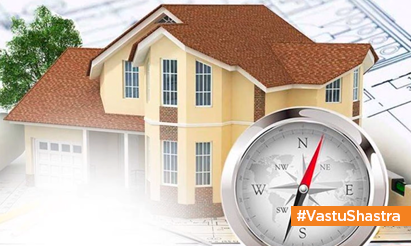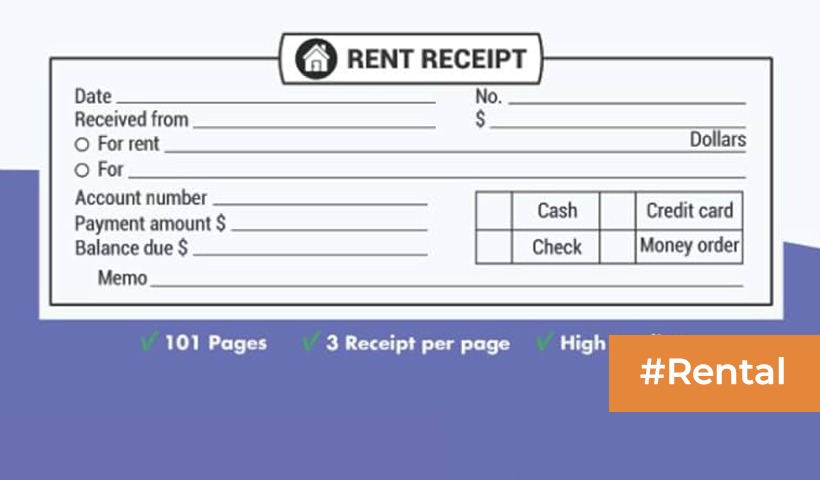Everything About the Rent Control Act of Maharashtra
The Act regulates the leasing of residential properties, and each State has its version. In Maharashtra, the new Act (Maharashtra Rent Control Act 1999) has introduced several modifications to the existing Act, making it applicable throughout the State.
The first rent law in India was introduced in the year 1915 during the time of the Bombay Presidency, followed by another in the year 1939. This law was later replaced in the year 1947. Finally, in 1999, the Maharashtra Rent Control Law was introduced, replacing all the previous laws to regulate rental housing in the state. According to Smilehomes proprietor, Mr. Sapna, the Maharashtra Rent Act is beneficial for both tenants and landlords. The purpose of the Act is to provide affordable temporary housing to the people of the State, while also ensuring a level playing field between the two sides.
The Maharashtra Rent Control Bill 1999 was passed by the Maharashtra Assembly and the Maharashtra Council to unify the three separate rent control laws of the State. The Act does not cover any premises that are rightfully owned by the Government or by a local authority, any premises that are let or sublet to banks or any public sector undertaking, or any Corporation set up by the Centre or by the State Act. The landlord is responsible for the upkeep of the whole residential or commercial building and seeks amendments to the Act.
Under the Maharashtra Rent Control Act 1999, the landlord has the right to determine the rent and the tenant has the right to increase the rent. The landlord can increase the rent by 4 percent per year from the date the Act comes into force. For improvements and alterations, the landlord can raise the rent by 15 percent per year if 70 percent of the tenants give their consent in writing. The rent can also be increased by 25 percent per year for certain structural repairs, except for those carried out under the MHADA Act. If the taxes go up during the same period, then the rent can also go up.
Under the terms of Section 16 (1), the landlord can reclaim possession of the premises subject to the terms of Section 25. Under Section 25, a landlord can reclaim the property if the court finds that the property is “fit and proper”. The landlord can also reclaim the property if the tenant raises any “permanent structure” on the premises without the landlord’s consent. If a tenant, his or her representative, servant, person claiming under their name, or anyone living with the tenant is found guilty of committing an act that is causing an inconvenience or disturbance to the house next door, then the landlord can reclaim the property. If the tenant is convicted of using or allowing to use the premises unlawfully or for any other unauthorized purpose, then the landlord is also held accountable.
Landlords are required to comply with many conditions for rebuilding. Ensuring that sufficient funds are available for the work to be carried out to ensure that the landlord can pay for the construction of the new building. This is subject to the approval of the relevant municipal authorities by the landlord’s landlord-in-fact, the planning of the proposed building must be approved by the relevant municipal authorities, and the number of residents in the proposed building must not be lower than those in the existing building, the demolition work of the existing building must be completed within 3 months and the building of the new building within 15 months after that. · The carpet area of the new building shall be equal to or greater than the carpet area allowed in the existing building. If the landlord undertakes that the new building’s carpet area will be equal to the old building’s carpet area, then the old building’s tenants will be offered the new building’s premises.
Under the Act, all landlords are required to maintain the premises in good working order. If the landlord fails to carry out the necessary repairs, they can be served with a 15-day notice. If the landlord denies the notice, they are free to carry out the repairs themselves and to deduct the costs from their rent or to recover the amount if they are unable to do so. The amount that can be recovered should not exceed one-quarter of the rent that the tenant has paid that year.
If you are looking to redevelop an old property in Mumbai, you will come across the term pagdi properties. The term pagdi is used to describe the consideration paid to the landlord in the form of a fine, premium, or consideration that is legalized under section 56 of the rent control law in Mumbai. The pagdi system has given the tenant the peace of mind that even if the price goes up or down, the rent paid will be low. In some areas of South Mumbai, the pagdi system has become very common where some tenants pay Rs 500 per month, even when the market rates can be as high as Rs 60,000 or more.
According to the Act, a tenant can be paid a sum of money instead of giving up or transferring their tenancy. In Mumbai, for the transfer of tenancy, the landlord is paid around 33% of the total value in cash to carry out the tenancy transfer. The draft model tenancy law is currently being implemented in many states in the country. MTA is a model law, and the government of Maharashtra may or may not enact it. The Act has several provisions regarding the renting of residential premises, which may differ significantly from the Maharashtra Control Act. The Maharashtra Rent Control Act explains the various elements related to the rental scenario in Maharashtra. It clarifies the ambiguities in those elements and lays down a set of rules to be followed by landlords and tenants in such cases.
Disclaimer: The views expressed above are for informational purposes only based on industry reports and related news stories. PropertyPistol does not guarantee the accuracy, completeness, or reliability of the information and shall not be held responsible for any action taken based on the published information.




